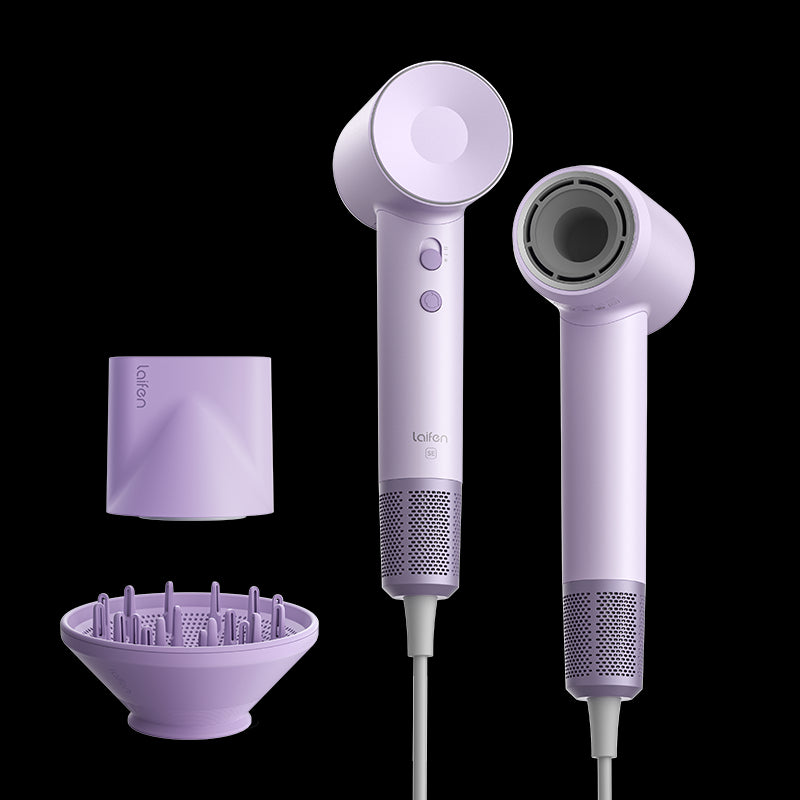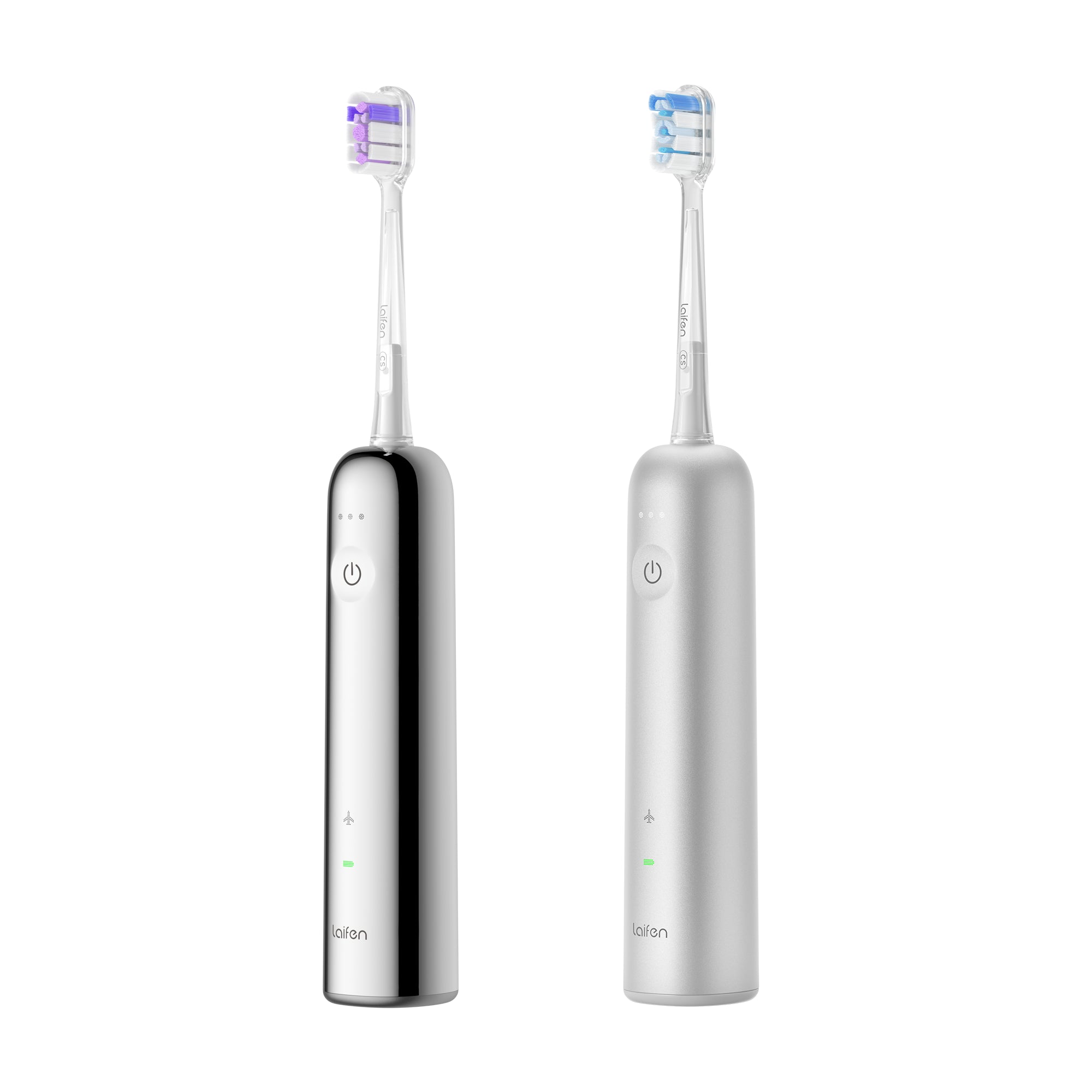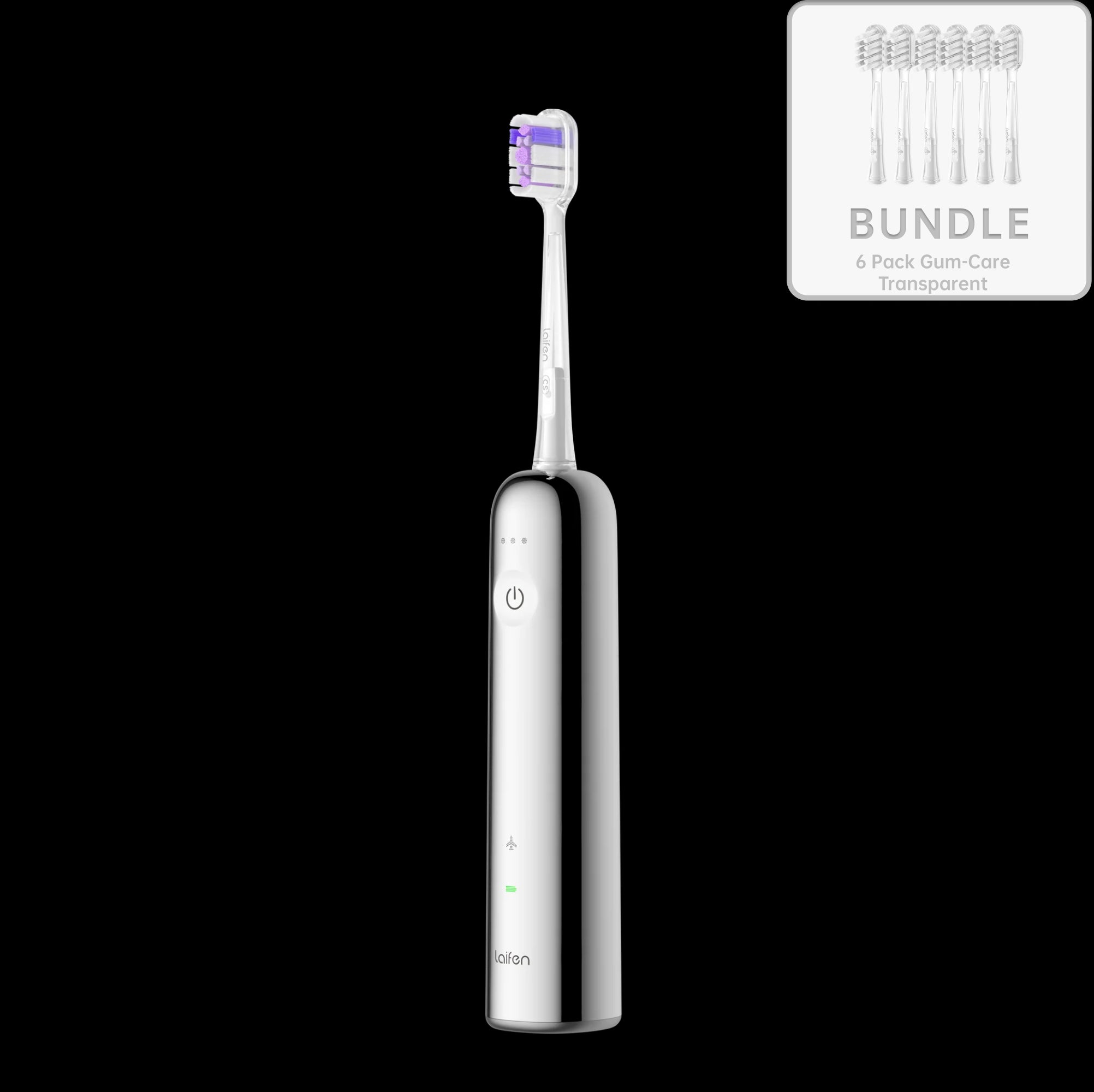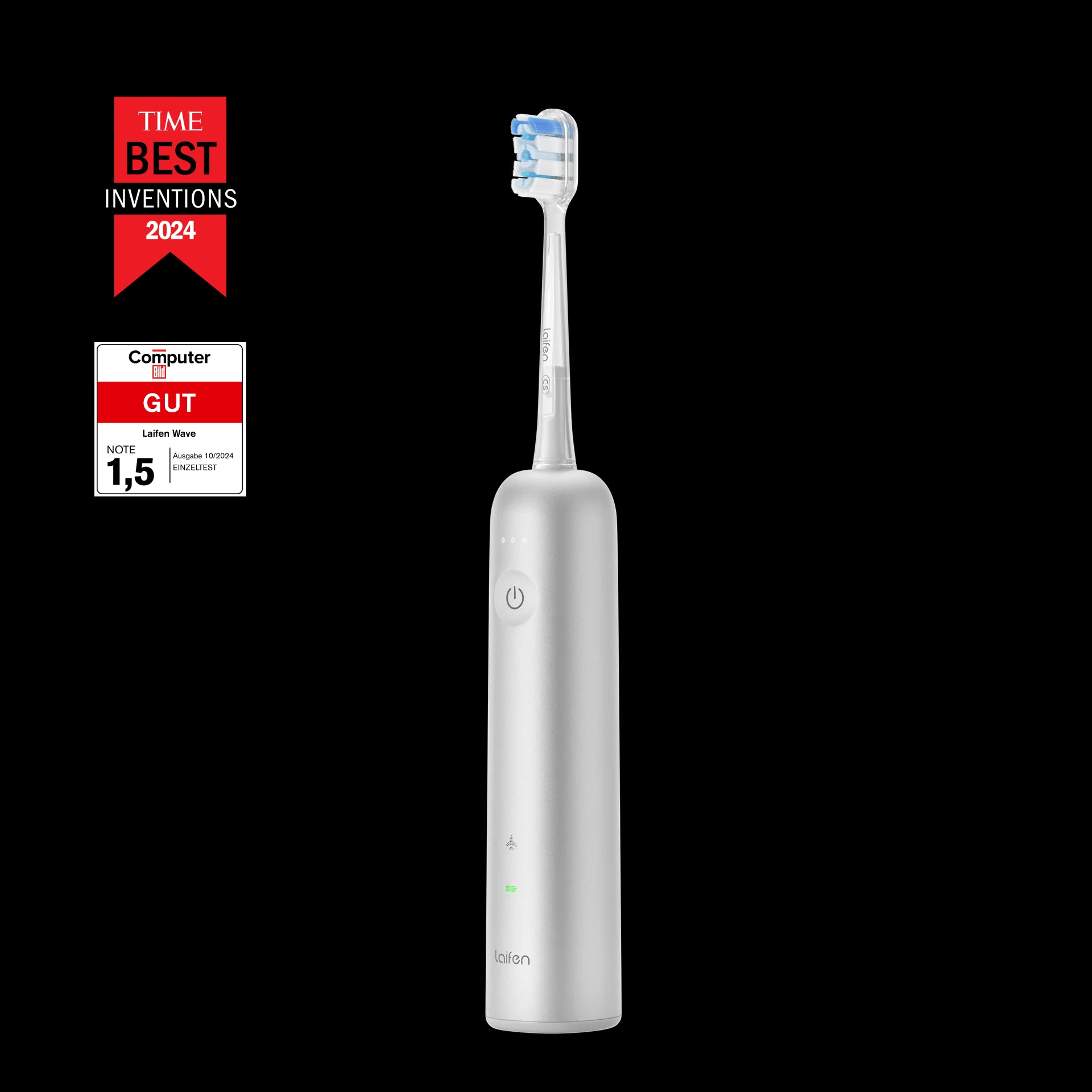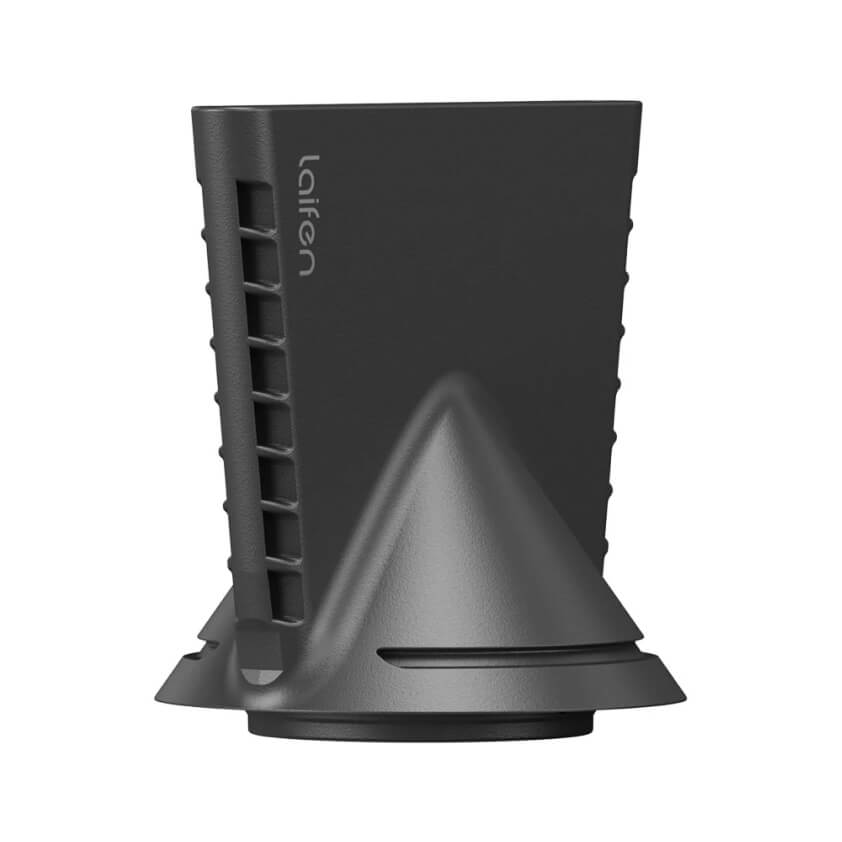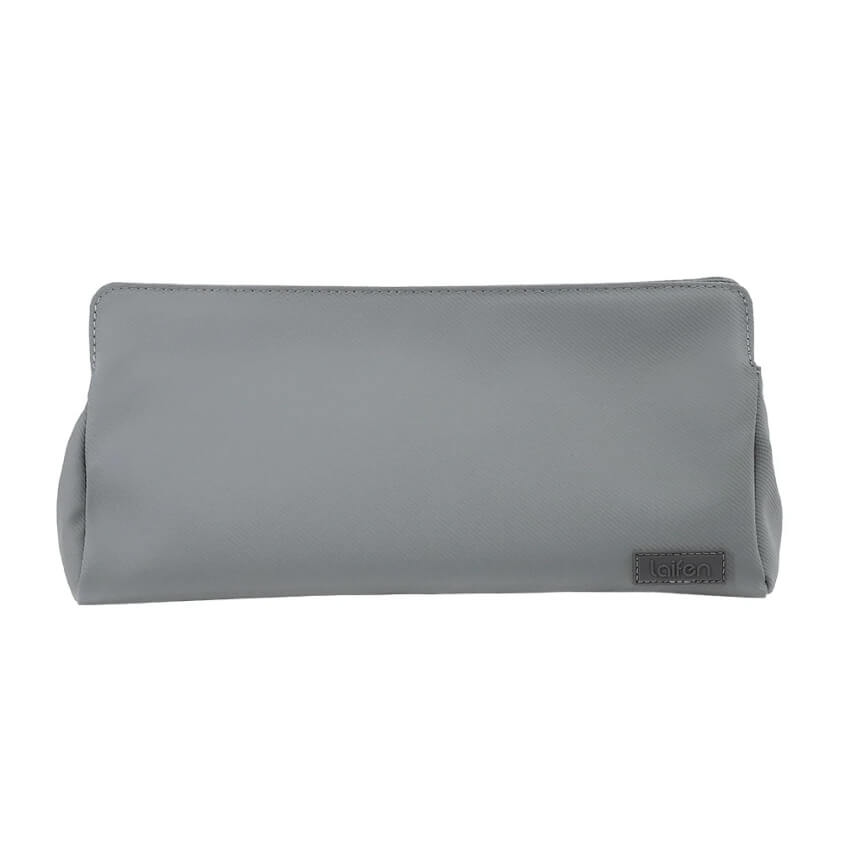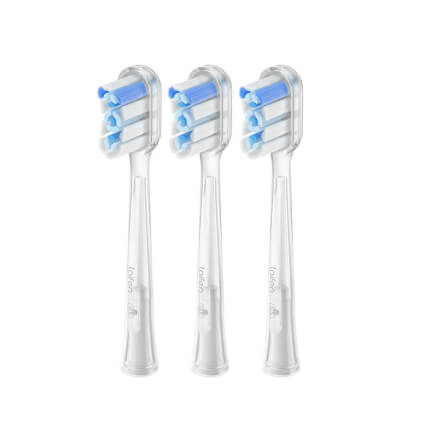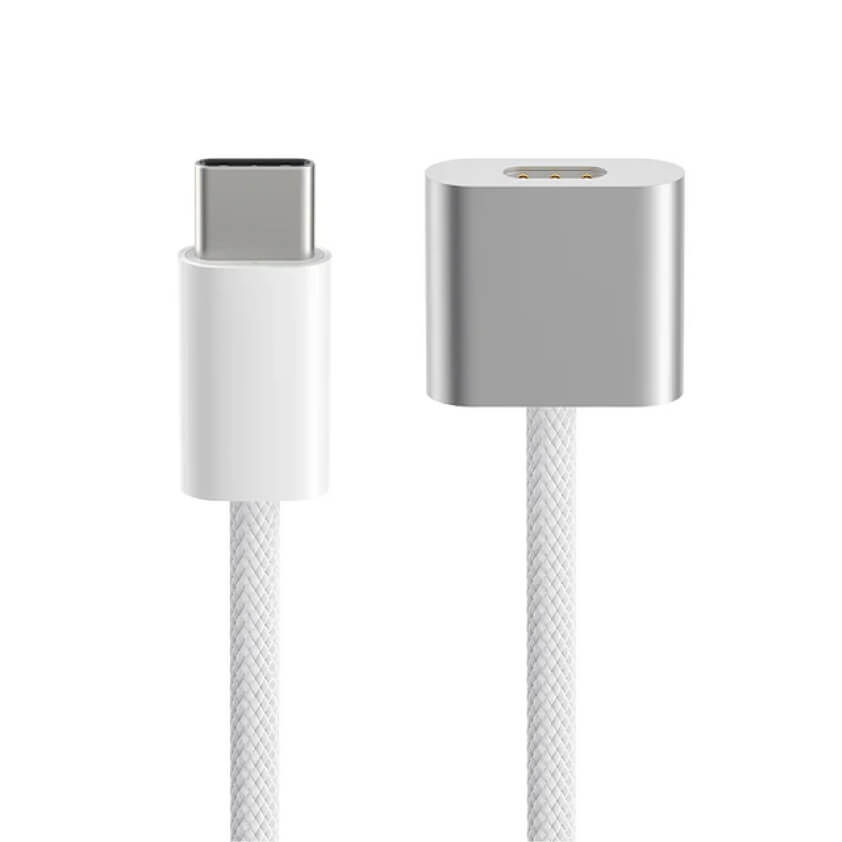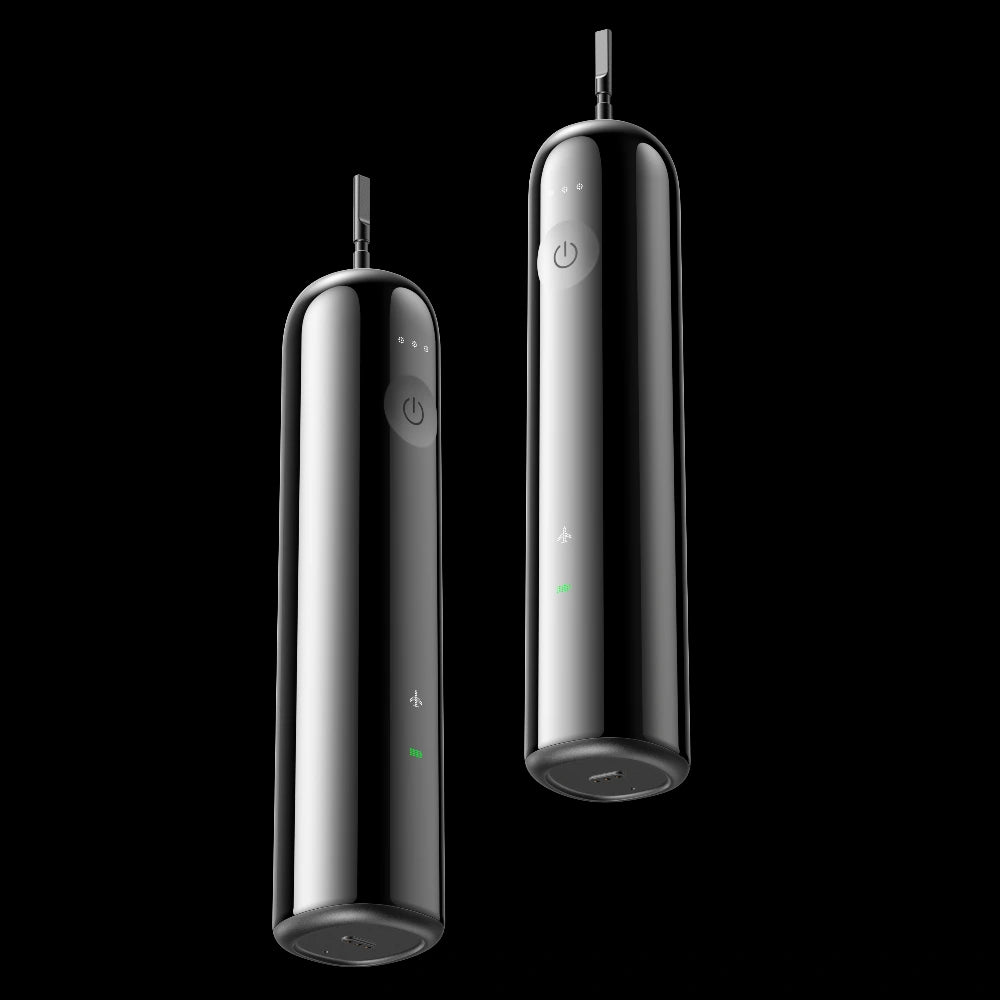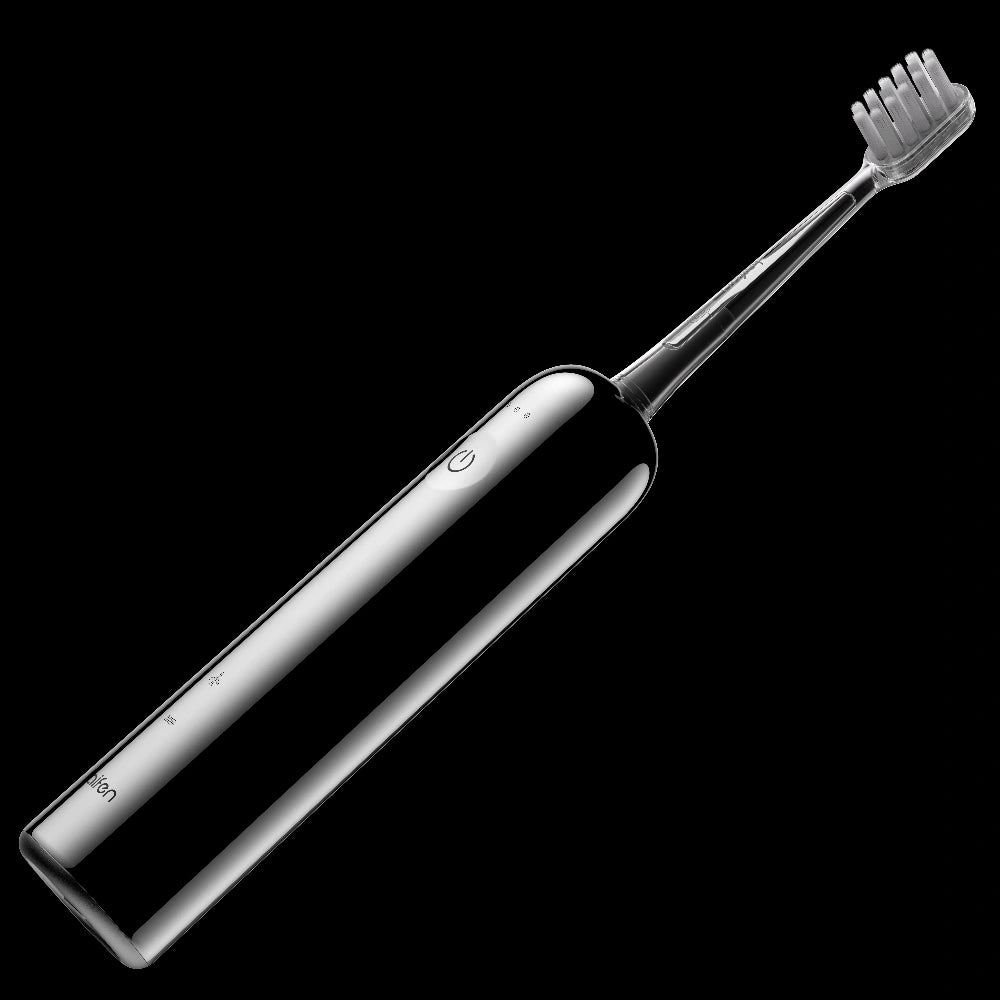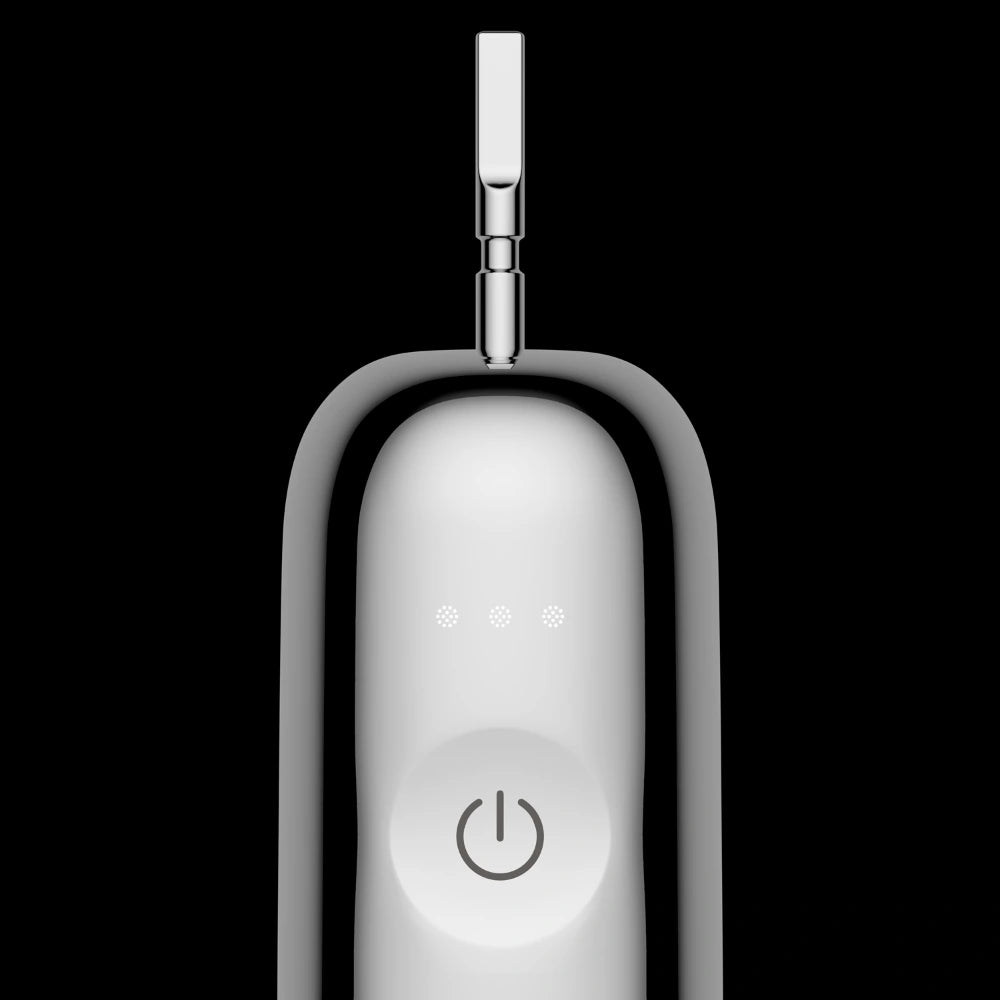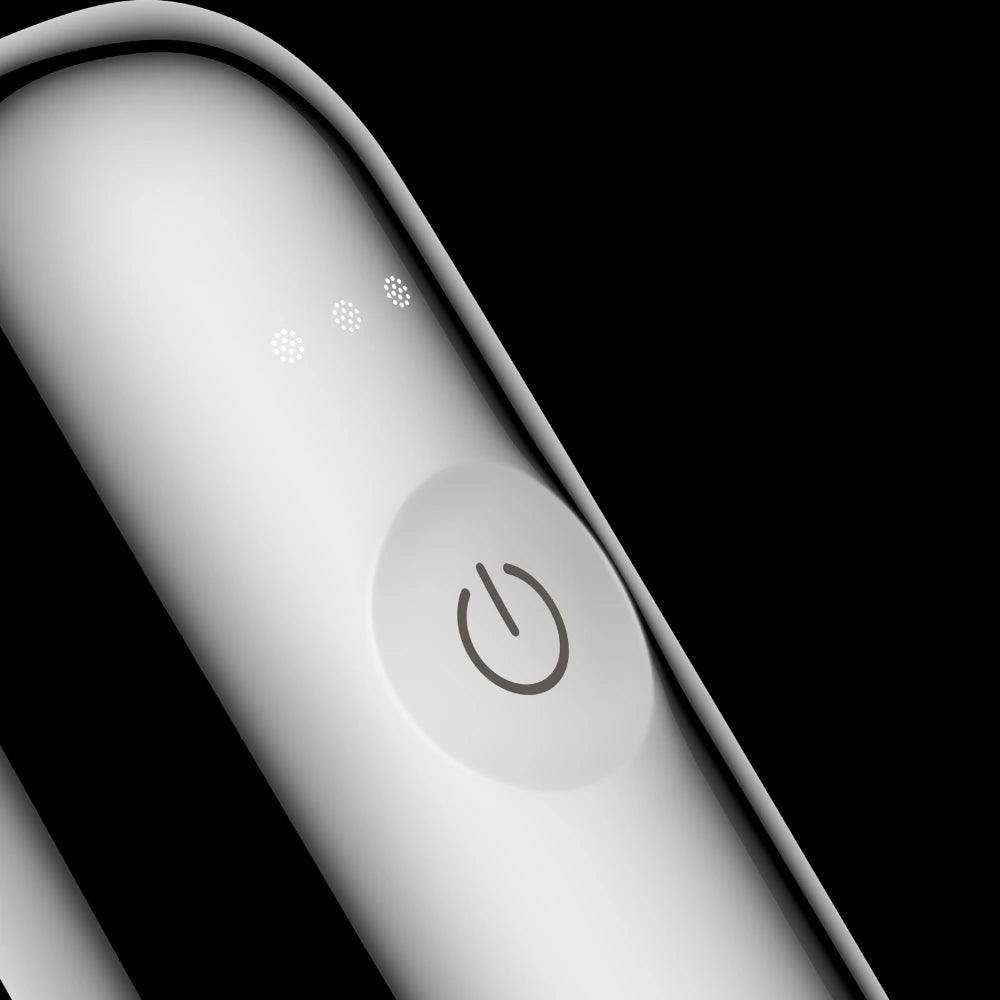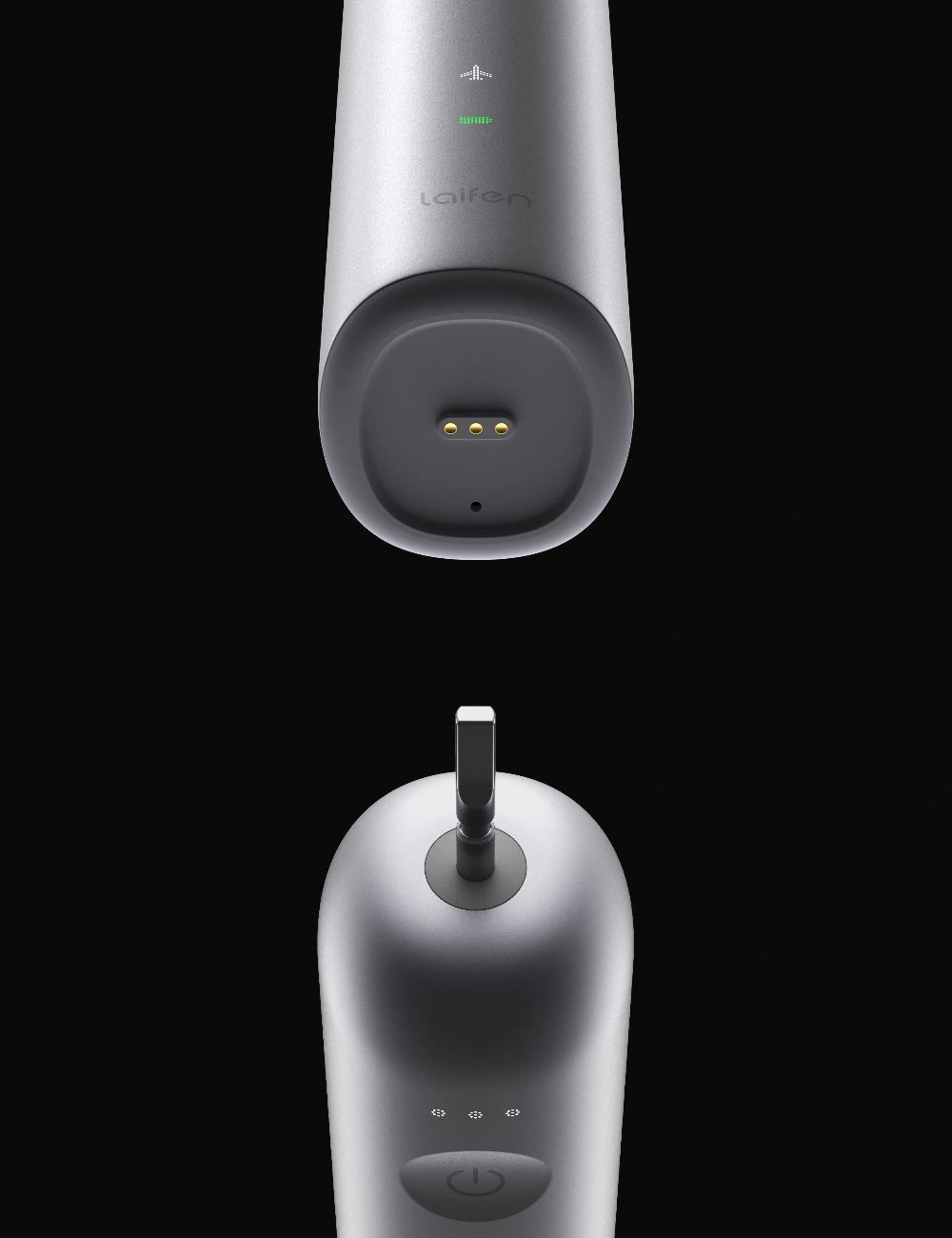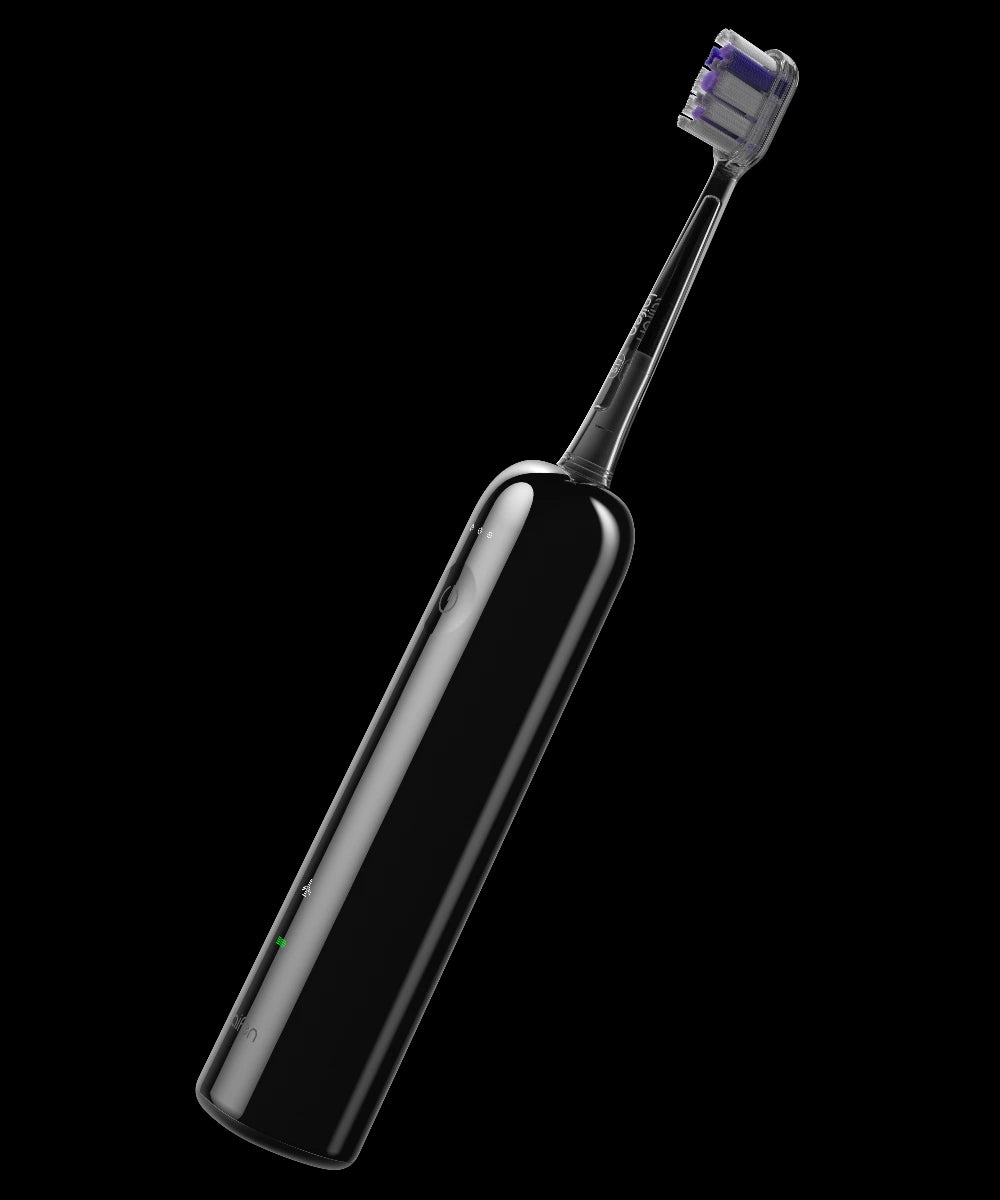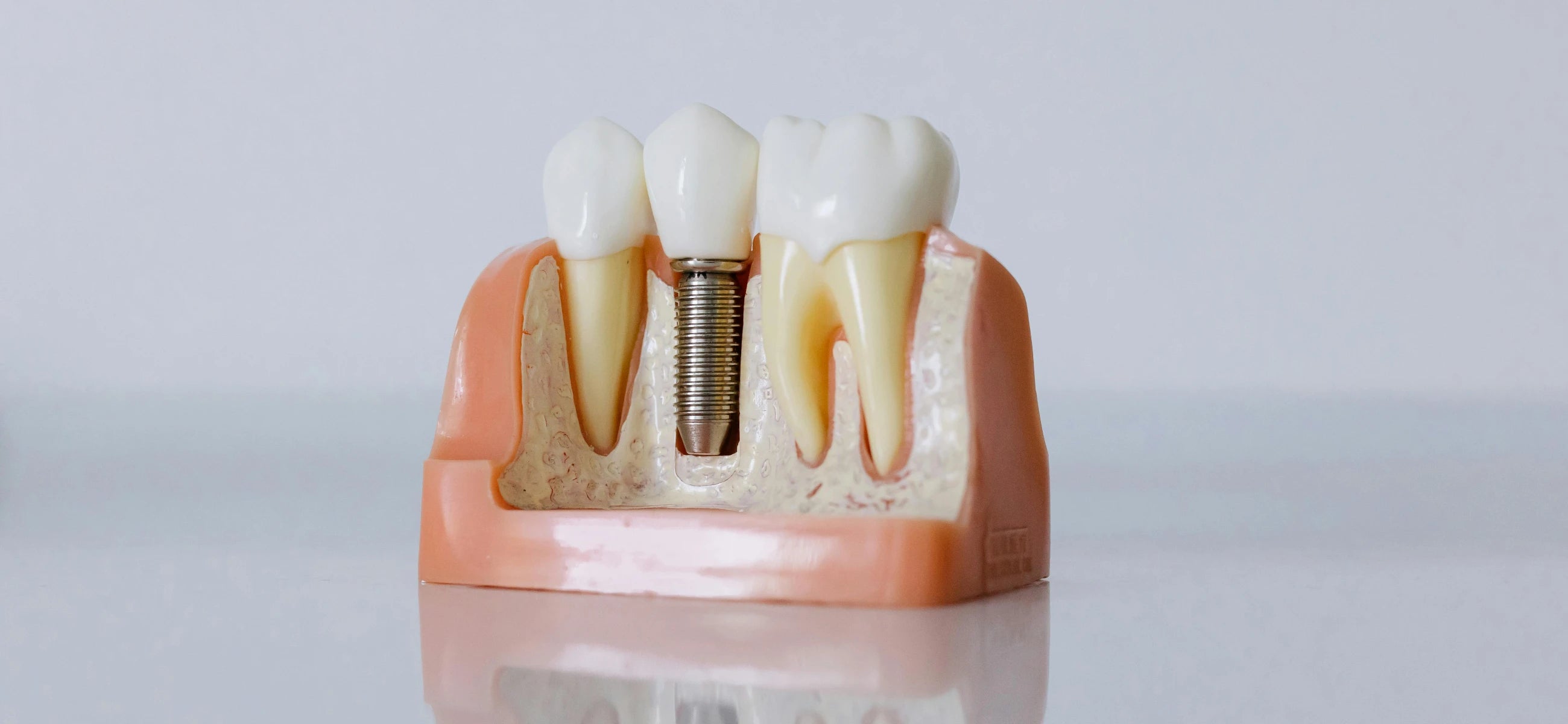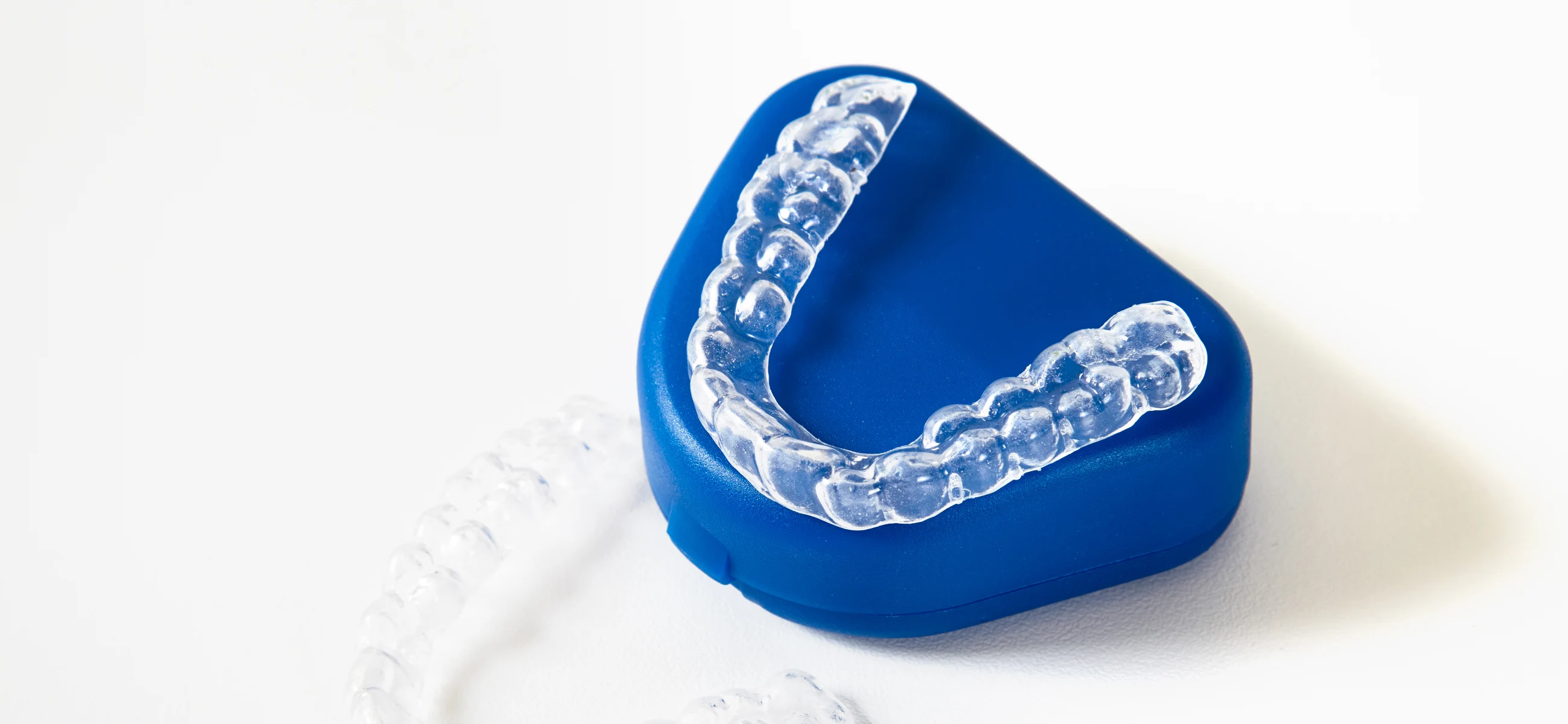
In this article
If you have crooked, crowded, or gapped teeth, you might need braces. There are several types of braces for teeth that you can go for, ranging from standard metal braces to clear aligners. In this ultimate guide to braces for teeth, we explain what they are, how they work, and which options are available to you in 2024.
Do you need braces for your teeth?
Teeth braces are the most common type of orthodontic treatment and are widely used for several dental issues. Mainly, braces are used to straighten crooked teeth, but they can also be used for crowded or gapped teeth.
Though most commonly associated with children and teens, a high proportion of adults also turn to braces to resolve issues with their teeth.
How exactly do braces for teeth work?
Braces are a long-term solution to teeth straightening and typically work over a period of 12 months or more. They apply mild, constant pressure to your teeth, which shifts them into the proper position over time.
Each type of brace works slightly differently, with some working more quickly than others. In fact, the type of brace that you choose will affect how it works on your teeth, and you typically have four options, as introduced below.
4 types of braces for teeth
There are four main types of braces for your teeth that you can consider if you're looking to straighten your teeth this year:
Metal braces
Widely regarded as the best braces for crowded teeth, metal braces are a common choice as they are affordable and easy to maintain. They use stainless steel brands, brackets, and wires to shift the alignment of your teeth in the long run.
The main drawback to metal braces is that they are clearly visible when you smile, which is why some people opt against them. Some people also go for gold braces for teeth, which work the same way but have a different color and design.
Ceramic braces
One of the best teeth braces for adults is a ceramic brace. These work the same as metal braces, but they have the advantage of being clear. Though still visible, they are much less noticeable than metal braces.
The disadvantage of ceramic braces is that they're more fragile than metal braces. This is why they are best suited to adults, who typically take more care with their teeth and are less likely to worry about their teeth falling out.
Lingual braces
A type of braces for teeth that have grown in popularity recently are lingual braces. In contrast to metal and ceramic braces that are attached to the front of your teeth, lingual braces are affixed to the back of your teeth.
Though slightly more expensive, lingual braces are a great option as they are easily hidden, and most people can't tell if someone is wearing lingual braces from a cursory glance.
Clear aligners (Invisalign)
If you're looking for high-end braces for gap teeth, clear aligners are a great choice. Rather than typical braces, clear aligners are created as custom-made trays that straighten your teeth over time. You don't have to wear them permanently, but you do need to have them in place for 22 hours a day.
Though a great option for some, clear aligners are expensive and are a form of cosmetic dentistry that might be out of reach for many people looking for braces.
Overview of each type of braces.
|
Type of brace |
Main advantage |
Main disadvantage |
|
Metal |
✅ Widely available and affordable |
❌ Clearly visible and unsightly compared to others |
|
Ceramic |
✅ Less visible than metal braces |
❌ More fragile and not as durable as metal braces |
|
Lingual |
✅ Hidden on the backs of your teeth |
❌ More expensive than other options |
|
Clear aligners |
✅ Removal aligners that are in contrast to braces |
❌ The most expensive option |
How much are braces for teeth?
Orthodontic treatment is personalized and prices vary significantly from patient to patient. However, metal braces for teeth cost starts at around $3,000 and can rise up in excess of $7,000, depending on the state of your teeth.
Some people can claim some of the cost of orthodontic care on insurance, though typically, insurance plans don't cover the entire cost of braces. Invisalign aligners can reach up to $9,000 and are typically the most expensive option.
Looking after your teeth with braces - top tips
Looking after your teeth when you have braces is super important, so bear in mind the following tips to keep your pearly whites looking great:
☑️ Make sure you brush your teeth 2-3 times per day with an oscillating electric toothbrush. The Laifen Wave is the ideal toothbrush for braces, with adjustable pressure settings and a high performance that helps to keep your braces and teeth super clean.
☑️ It's best to avoid hard, sticky foods when you have braces. As such, avoid nuts, caramel, honey, and crunchy fruits to protect your braces.
☑️ Make sure you wear the teeth retainer that your orthodontist gives you. Though there are several types of retainers, your orthodontist will prescribe one that prevents your teeth from shifting back into the wrong position at night.
☑️ Though it can be tempting to mix oral treatments, avoid teeth whitening for braces for the duration of your orthodontic treatment. You can always opt for teeth whitening after your braces have been removed.
☑️ Applying wax for teeth braces is a good way to reduce the friction between the soft tissue around your gums and the braces themselves. It can also prevent cuts and potential infections, so it is worth applying regularly.
Conclusion
If you have crooked or crowded teeth, your orthodontist may recommend braces to straighten your pearly whites. The good news is that you can choose which type of braces to opt for, depending on your preferences and budget.
Make sure you bear our tips in mind if you have braces, so you can look after them properly and help them do their job without any unforeseen issues.
FAQ
Q1: Is removing teeth for braces necessary?
Pulling teeth for braces may be necessary for some patients, but it isn't always required. Your orthodontist will advise you if you need any teeth removed before fixing your braces in place.
Q2: What are the best alternatives to braces?
The best alternative to traditional braces are clear aligners, as introduced above. The main drawback to clear aligners is that they are more expensive than standard braces.
Q3: Are braces painful for your teeth?
Braces should not cause any pain to your teeth. When you first have them in, you may experience discomfort, but you should become used to them over time. Contact your orthodontist if the braces are causing you significant pain.


